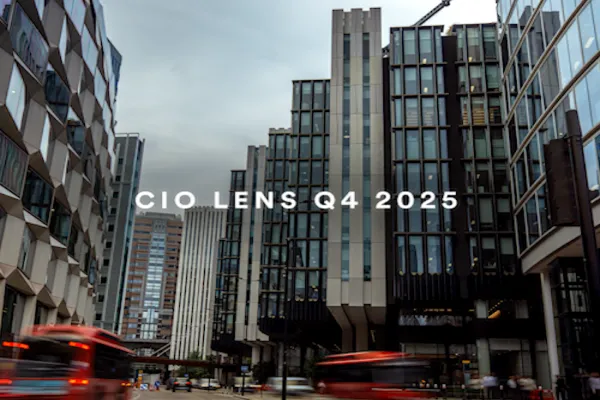If there is one solid drumbeat to come out of pensions and retirement investing, it has been the notion of long-term investing — specifically, the buy-and-hold concept to better weather short-term economic storms for sustainable and gradual growth. Yet it turns out that within this segment of asset management, the system is allowing anything but investing with a longer horizon in mind.
“You have this problem of people running the pension organizations who aspire to think long term, but they have solvency tests they have to meet every year or two, depending on how solvent you appear to be,” says Keith Ambachtsheer, president and founder of KPA Advisory Services and director emeritus of the Rotman International Centre for Pension Management at the University of Toronto. In January KPA released a report showing that whereas investors at pension funds aspire to and conceptually believe in long-term investing, there are several barriers preventing these ideas from being put into practice. These roadblocks include a lack of clear long-term investment models, alignment difficulties in outsourcing and regulations requiring that risk be taken off balance sheets if solvency targets are not met.
Other pension fund watchers agree. Jaap van Dam is managing director of investment strategy for PGGM, the second-largest pension fund in the Netherlands, as well as an investment management and pension consultant for other pension funds in the region. “If you look at the Netherlands,” he says, “when there is a low solvency rate, then you have to fix that problem in a short-term horizon, so shorter term becomes more important than the long term.”
Van Dam says the hands of pension funds are tied, and allocations are then made to low-yield investments — with a short-term horizon. Portfolio construction is also a way to get around regulatory hurdles. A two-pronged strategy, in which some investments are made with short-term certainty but alongside a separate pool with a long-term focus, can assuage concerns over immediate returns while keeping true to investment goals.
For its part, PGGM recently started a long-term horizon portfolio that has both growth and impact investing objectives, adds van Dam. The portfolio invests by looking at, for example, issues of climate change and improving access to medicine.
In some cases, a keeping-up-with-the-Joneses mentality within the pensions industry is also to blame for a short-term investment outlook, the KPA study suggests. “There are comparability issues when we look at what’s been written about ourselves or our peers; there is an outside pressure,” says Eric Wetlaufer, senior managing director and global head of public market investments with the Canada Pension Plan Investment Board. Sometimes influence from outside the pensions world can cut back a fund’s investment scope. That sway often comes by way of a pension’s managing boards.
“It’s a classic skills matrix,” says Wetlaufer, who notes that an ideal pensions board should have freedom from political meddling and prioritize implementation of its core investment beliefs. In essence, the onus is on pension leadership to take a public stance and denounce any metrics or models that encourage short-term thinking.
Ambachtsheer agrees that governance is key: “You have to have a board that says, ‘This is bull, and this is not the business we are in,’ and then you have to focus on incentives that focus on the longer term.” One fund that he has singled out as having particularly strong leadership on the long-termism front is QSuper, the pension fund for present and former public employees of Queensland, Australia, and their spouses. Rather than using short-term metrics and returns as benchmarks, QSuper bases its investments on only how well they are doing in relation to their future targets. The fund adopted a multiyear transition plan that moved away from a one-size-fits-all delivery model. This decision led to a greater customization of the fund as members age and demographics change.
Alignment issues can also occur between the people managing the money and the beneficiaries of the plan itself, notes van Dam. He says it is important to have a small number of external mangers, not only because of costs but also to ensure an alignment in philosophies. He says it is too easy for managers to blame external forces for not having a long-term investment philosophy: “In many instances, there are external barriers to long-term investing, but funds should never underestimate their own behavior and the ways to improve their own behavior.”
Get more on pensions .






